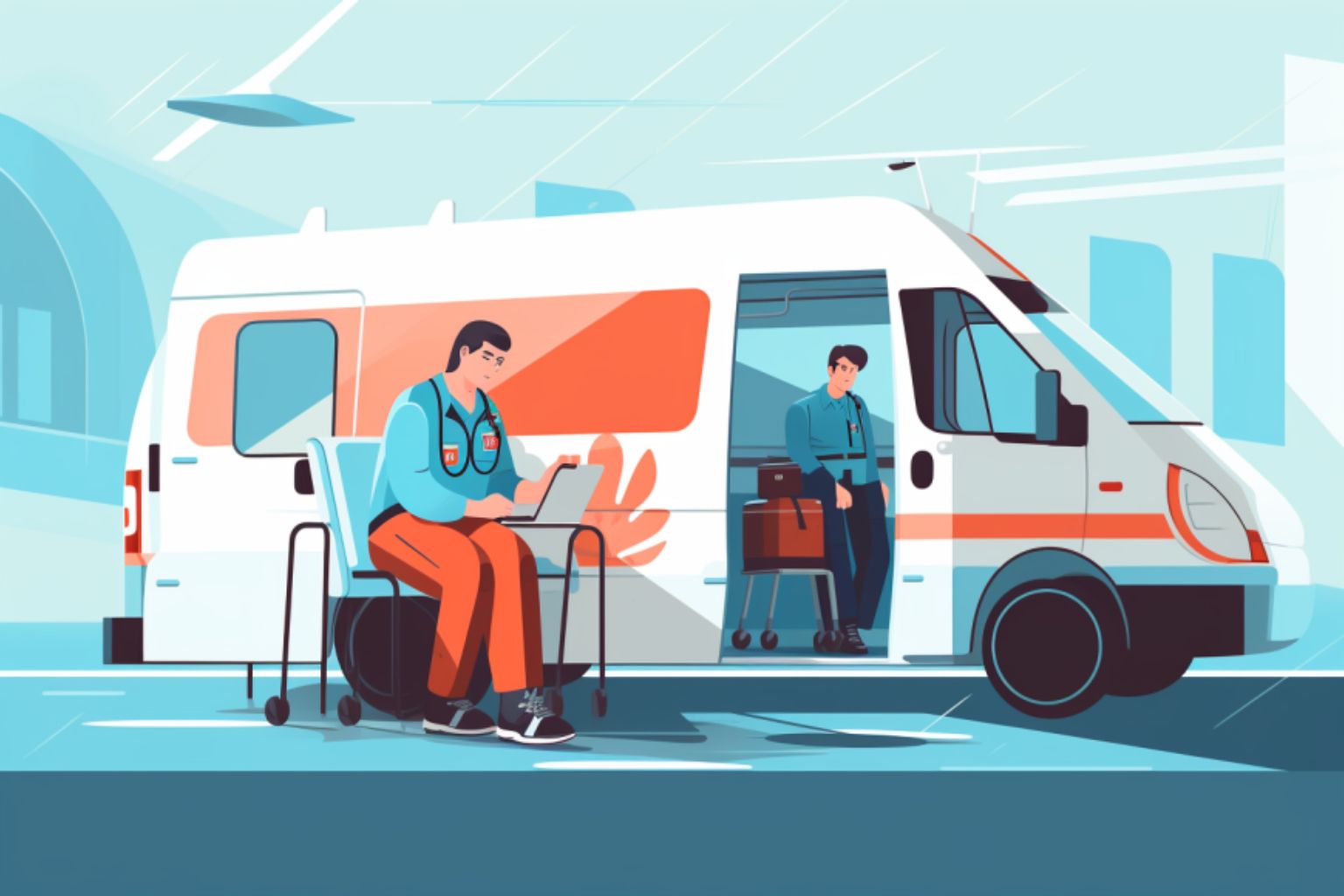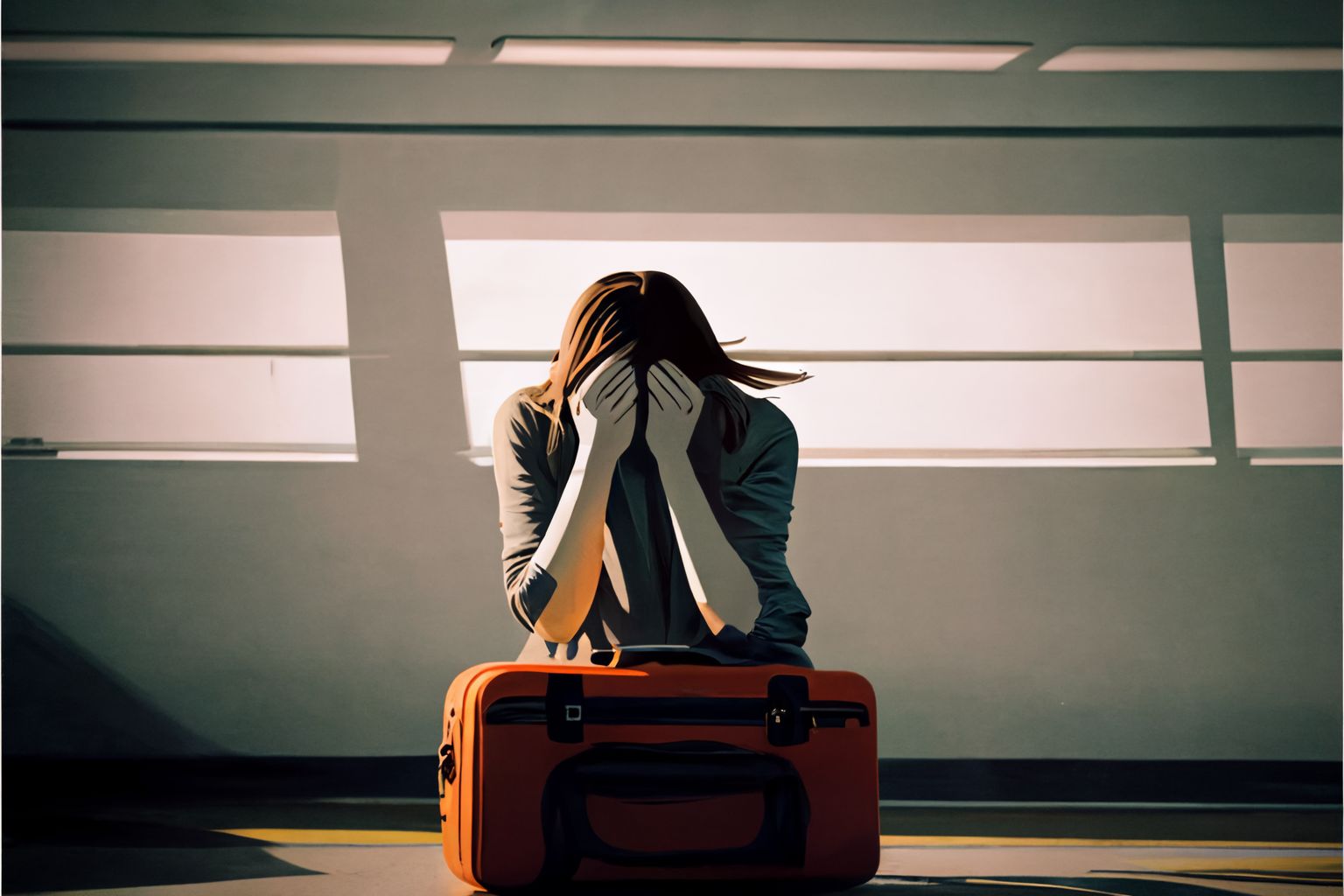If you’re unlucky enough to experience a medical emergency on a plane, rest assured that your flight attendants are trained to assist. Same thing goes for other public places, like restaurants and schools. But an internal memo circulated to employees at one airport suggests the TSA would rather you take your heart attack elsewhere.
While most of the document is reasonable, part of it raises serious questions about the TSA’s mission and its place in an overall airport operation.
To all TSA employees, in its entirety:
All TSA employees:
Below is the guidance from OSHE on the specifics of an employee offering First Aid/CPR/AED. This excerpt is from the Occupational Safety and Health Manual.
The importance of this guidance is for TSA employees protection. First and foremost as TSA officers we are not first responders to an emergency and we cannot allow a distraction during our critical mission.
If first responders are needed, please announce or call 9-1-1 immediately. It’s essential for you to recognize that providing emergency care as a Good Samaritan involves working outside of your job description, and you are not covered for medical or time loss through the Occupational Workers’ Compensation Program. (Here’s how to handle the TSA when you travel.)Below is the guidance from the Occupational Safety and Health Manual which is provided by OSHE mandated local compliance:
12.1 First Aid/CPR/AED
a. In a medical emergency, TSA employees shall be aware of and know how to activate the local and/or airport emergency medical services response system.
b. TSA employees may voluntarily enroll in local first aid, CPR, and AED training programs. The training must be on their own time and at their own expense regardless of who offers the training.
c. TSA employees trained and certified in first aid or CPR/AED, may provide emergency care as a Good Samaritan only when excused from security duties by their supervisor or manager.
d. At a minimum, employees performing as a Good Samaritan should consider the use of “body substance isolation” techniques―protective gloves, pocket mask, or other recognized physical barriers designed for rescue breathing. Protective equipment, such as gloves and pocket mask, are the responsibility of the Good Samaritan.
I’ve requested a comment from TSA regarding this memo. It seems to have been distributed to officers at a specific airport yesterday.
But if this is an agency-wide notice, then it does beg a few questions:
Why doesn’t TSA provide basic first-aid training to its employees? Why do its employees have to ask for permission from a supervisor before helping someone who is having a medical emergency? (What if it’s their supervisor who is having the emergency?) And why not cover an employee for medical or time loss when they’re helping a passenger or co-worker in need?
I understand that TSA employees have a primary mission. But it is not their only mission. Just as flight attendants, restaurant servers and educators are trained to perform first-aid functions and encouraged to help during an emergency, TSA employees should also be trained and encouraged to assist a passenger in need.
Update (Feb. 26):
A TSA spokeswoman has responded to my questions.
Why aren’t TSA employees given basic first-aid training?
TSA’s mission is to ensure the security of the traveling public by preventing terrorist threats from entering the transportation system. Many TSA employees can administer emergency aid due to independent training, volunteer work in the emergency medical field, or prior careers in the emergency medical field. Recognizing the value of having trained and certified employees as EMTs or first responders, TSA has issued directives allowing these employees to act as Good Samaritans in case of a medical emergency for either an employee or a member of the general public.
TSA employees have responded to incidents of medical distress. TSA recognizes their quick response, skills, and dedication to helping others during these critical times of need.
Why do employees have to ask for permission from a supervisor before helping someone who is having a medical emergency?
When responding to a medical emergency while on duty, TSA officers are required to inform their nearby supervisors. This ensures a quick adjustment of staff and prevents the creation of security vulnerabilities. Supervisors are often aware of the team members trained to respond to medical emergencies and provide support during crisis situations.
Why not cover an employee for medical or time loss when they’re helping a passenger or co-worker in need?
TSA employees can file worker’s compensation claims if desired after responding to a medical emergency. Any claim will go through the standard adjudication process.




